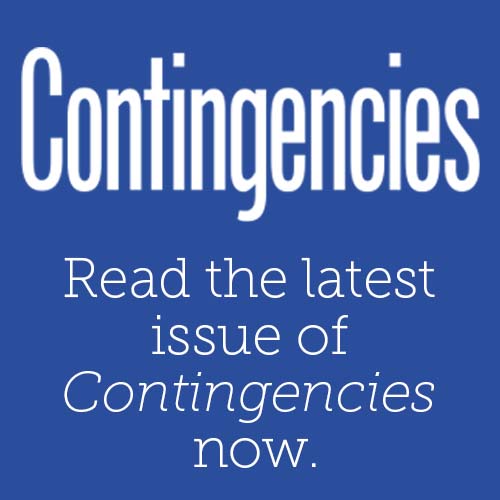Comments, analysis, or explanatory material prepared for an external audience on behalf of an Academy group or the Academy as a whole; these include letters, memos, reports, and fact sheets.
Analyses of major actuarial or public policy issues written primarily for policy-makers, regulators, the news media, and the public.
Include white papers and monographs which are longer, more detailed analyses of major actuarial or public policy issues written primarily for policy-makers, regulators, the news media, and the public. Includes monographs and white papers.
Slides presented by the Academy at webinars, seminars, briefings, hearings, or other meetings and events.
The Academy works with the National Association of Insurance Commissioners (NAIC) on the creation and refinement of sensible, effective regulation. These reports and related documents highlight the NAIC-related work of the risk management & financial reporting practice councils.
Written and oral testimony provided to Congress or to other governmental and quasigovernmental bodies.
Practice Notes
Practice notes offer examples of current and emerging approaches to selected actuarial tasks. They are intended to supplement the available actuarial literature, especially where the practices addressed are subject to evolving technology, recently adopted external requirements, or advances in actuarial science and other applicable disciplines.









